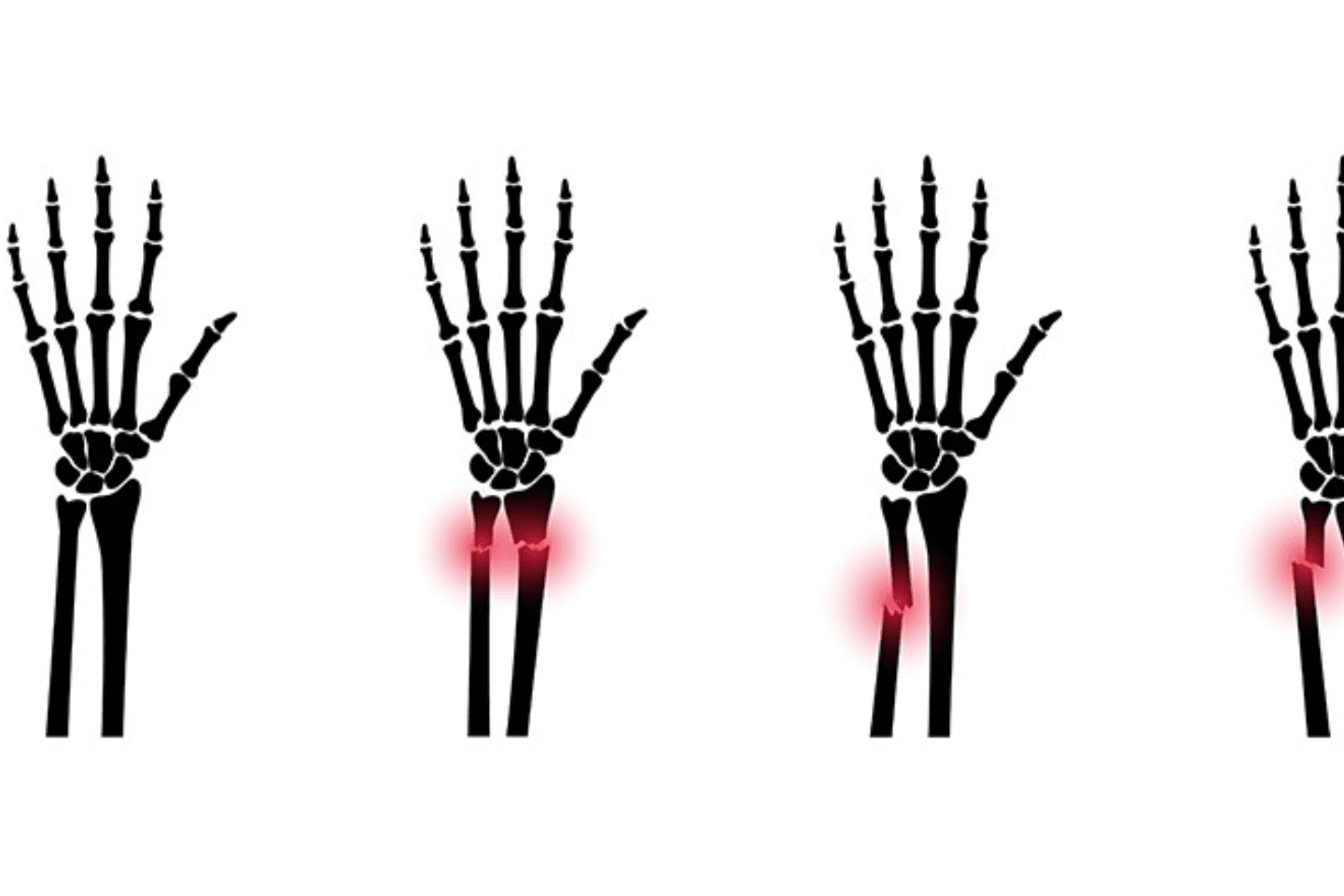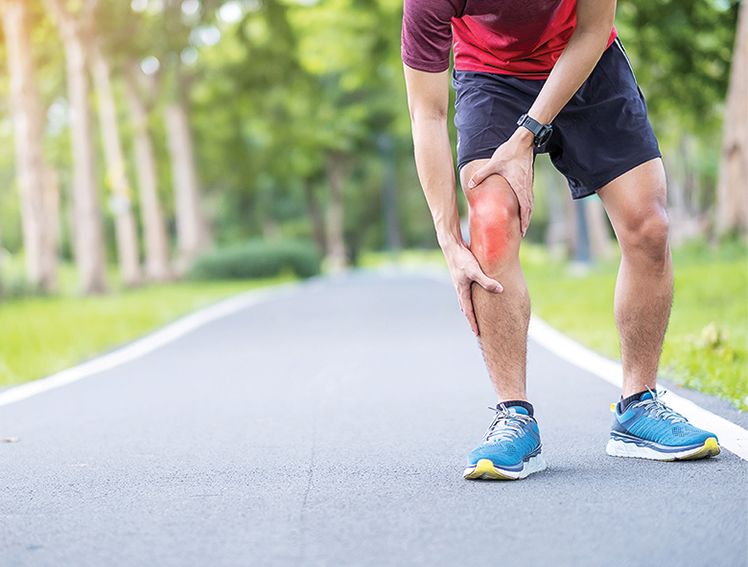
Distal Radius Fracture
What is Distal Radius Fracture?
Breaking a bone is a common injury, especially in the wrist. One of the most frequent wrist injuries involves a break near the end of the radius bone, one of the two long bones in your forearm that connects your elbow to your wrist. This type of break is called a distal radius fracture. In this article, we’ll explain what that means and how it can be treated.
What is a distal radius fracture?
A distal radius fracture occurs when there is a break in the radius bone close to the wrist. The forearm consists of two main bones called the radius and the ulna. Sometimes, the ulna can also break along with the radius. This type of wrist fracture is very common and often happens to athletes. Older adults with weaker bones can sustain this injury more easily, often due to falls. This injury can also happen in car accidents when the driver’s arms are stretched out on the steering wheel.1
What are the symptoms of a distal radius fracture?
After injuring your wrist, watch for these signs:
- Pain
- Swelling
- Numbness in the affected wrist
If your wrist looks bent or out of place2
If you notice any of these, see a doctor immediately for proper treatment.
Diagnosis and treatment
Doctors will use X-rays or sometimes CT scans to see how serious the break is. They will also ask about your symptoms and how you hurt your wrist so that they can choose the best treatment. Treatment can be non-surgical or surgical. A cast may be enough if the break is mild and the bone is in place. If the bone is out of place, the doctor will move it back into position, a process called reduction, and then put on a cast or splint. Following your doctor’s instructions carefully is essential to help the bone heal correctly. Surgery is needed if the bone cannot be fixed with these methods.3
During surgery, the doctor makes an incision to reach the broken bones. The bones are then fixed using pins, plates, or screws. After securing the bones, the surgeon closes the wound and puts a cast or splint on the wrist. If the fracture breaks the skin (open fracture), the doctor follows the same steps to fix the bones and clean the wound.
After the surgery, the patient will need to stay in the hospital for a specific period, depending on how severe the injury and operation were. The doctor will prescribe painkillers for this recovery period.
Recovery period
Healing from a wrist fracture usually takes a long time and can be difficult. Your doctor will prescribe medicines to reduce swelling and pain. It is important to take these medicines as directed to help your fracture heal properly.
After some time, you may need physiotherapy to help move your wrist again. You might feel stiffness; it can take months before your wrist moves fully. The cast or splint is usually removed after about a month, but this can vary. You should wait at least two months before doing activities that put pressure on your wrist, like going to the gym. Full recovery can take up to a year.
Follow your doctor’s advice carefully to heal faster. Avoid putting pressure on the injured wrist. If you need to lift heavy things, ask for help.4
Radius internal fixation from Meril
Meril’s 2.4 mm LPS Volar Distal Radius Plates help doctors fix broken wrist bones securely. These plates have multiple screw options to fit different types of fractures and patient needs. Their low-profile design reduces irritation to tendons and soft tissues. Other features include plates shaped to fit the wrist bone properly and special screw holes for better fixation.
Meril is a leading medical device company based in India. With over 4,000 professionals and a presence in more than 100 countries, it offers advanced technology like the 2.4 mm LPS Volar Distal Radius Plates to support better healing and recovery from wrist fractures.
Conclusion
Thanks to medical advances, many injuries, like wrist fractures, can be treated effectively. Although we try to stay safe, accidents can still happen. Always see your doctor promptly to get the right treatment and improve your chances of full recovery.



